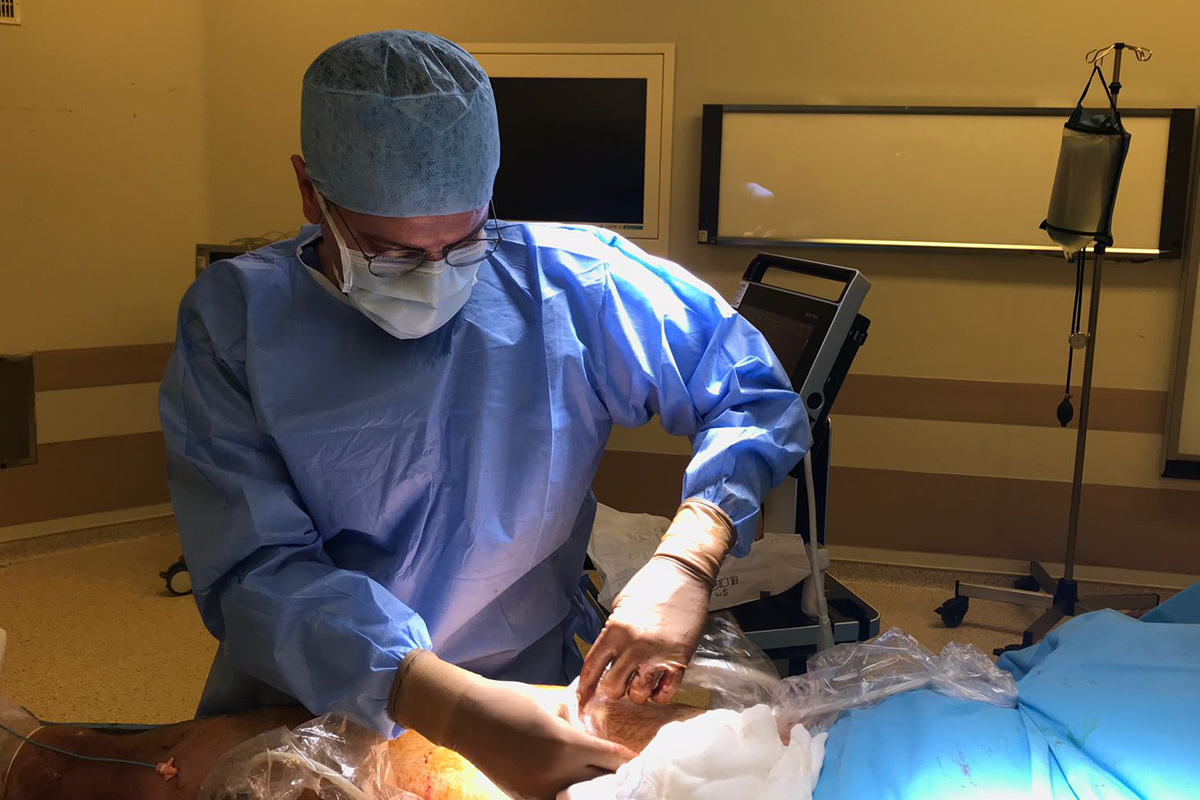Examination Findings
The physical examination findings of the patients are not very striking. Patients may experience pain or feel distension when pressed on the lower abdomen.
In some patients, varicose veins are noticeable in areas that are not normally seen, such as the groin, genital area, inner thighs, and buttocks.
Tags: pelvic congestion syndrome, inguinal pain, pelvic pain, inguinal varicose vein, chronic pelvic pain, what is pcs, pelvic cavity and inguinal pain, pcs treatment






